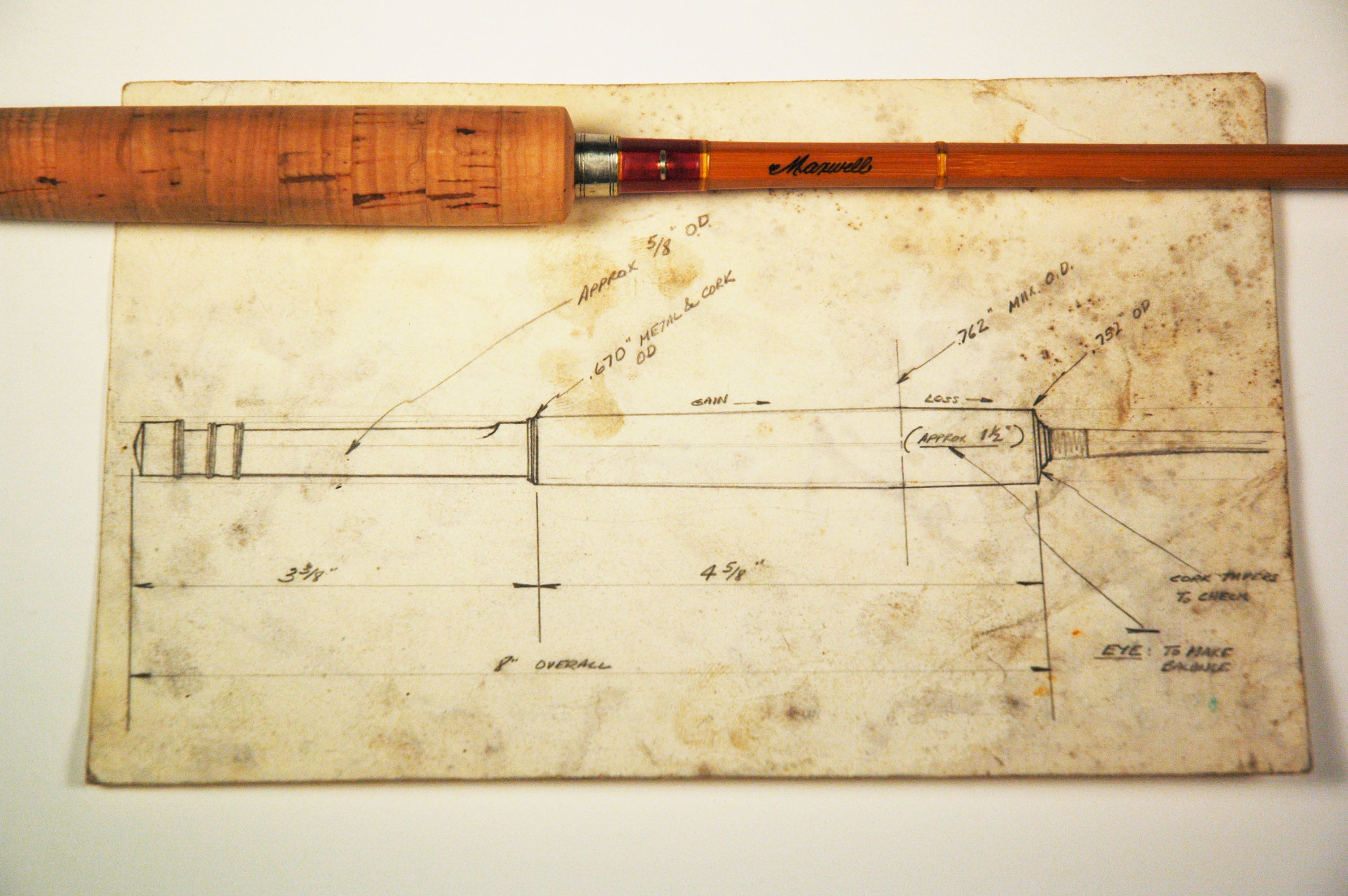Your Cart is Empty
Rods In Stock
Reels In Stock
Resources
Our Rods
One of our longstanding rod models with classic cane color and a slightly more moderate action.
One of our most recognizable rod models with a deep flamed color and crisper action.
These are our limited edition models, only released every few years.
A lot goes into crafting a bamboo fly rod and here you can learn more about our approach.
One of our longstanding rod models with classic cane color and a slightly more moderate action.
One of our most recognizable rod models with a deep flamed color and crisper action.
These are our limited edition models, only released every few years.
A lot goes into crafting a bamboo fly rod and here you can learn more about our approach.
Other Tackle

There and Back Again: A Post-Leonard Maxwell Rod
January 03, 2011 2 min read
Well a customer of mine recently dropped off a rod that he wanted me to look at and see about making a small repair to one of the wraps. Ordinarily I don’t do much repair work these days since I don’t really have the time, but I decided to make an exception when I saw the rod: it was a post-leonard rod that Tom Maxwell and I had built after we had struck out on our own in the early 1980’s.
The rod was distinct for a couple of reasons. The first is that we had both really liked the grip which was in the Hawes-style and which neither of us had made at Leonard or Thomas and Thomas. The second thing that made the rod memorable is that to get the wood for the reelseat I had gone to the same lumber warehouse that Jim Payne had used to get his material when he was alive. Ultimately I selected a mahogany plank some of which you see in this reel seat (Payne, of course, had used mostly Spanish Cedar and walnut for his seats). Needless to say, finding this rod was something of a nostalgia trip, and the photos below don’t really do it justice.


Anyway, after the customer had left I started thinking more about the rod and out of curiosity I went back through my old files to see if I could find anything relating to it. Sure enough, I managed to stumble across Tom’s original blueprint which he had used to sketch out the design we had had in mind, and which, true to character, had been done with incredible precision. As you can see the file card has clearly been kicked around a lot but you can still see the original dimensions (along with alot of oil and other smudges) worked out in Tom’s hand. I was amazed at actually finding the blueprint, but also, as I began to think about it later, at the rod’s path: from Tom’s mind, to the design on the page, to our sitting down and crafting it, to years of service in the hands of a fisherman, and then back to (one of the two) original makers again for a small repair nearly 25 years later.
That’s basically how these things are supposed to work, I thought to myself. Something carefully designed for years of use and then refinished lightly when needed. There are many benefits that come with being a craftsman but this is surely one of the great pleasures, to know that one’s work is still out there being appreciated by someone who clearly cares about it. And it’s especially nice when it reminds you of an old, dearly-missed friend.
-Marc
Leave a comment
Comments will be approved before showing up.








